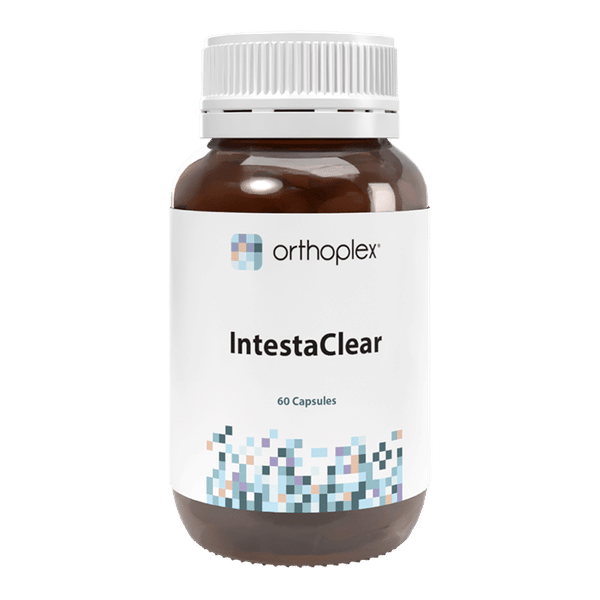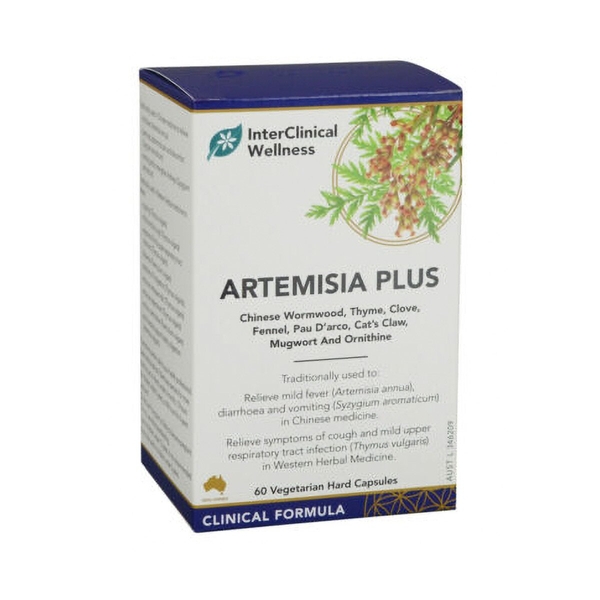
Pau d'arco
Scientific names: Tabebuia impetiginosa, Handroanthus impetiginosus, Tabebuia avellanedae, Tabebuia heptaphylla, Tabebuia palmeri, Tecoma impetiginosa
Family: Bignoniaceae
Alternate names: Ébénier de Guyane, Ébène Vert, Ipe, Ipe Roxo, Ipes, Lapacho, Lapacho Colorado, Lapacho Morado, Lébène, Pink Trumpet Tree, Purple Lapacho, Quebracho, Red Lapacho, Taheebo, Taheebo Tea, Thé Taheebo, Trumpet Bush
Actions: Antibacterial, Anticancer, Antifungal, Anti-inflammatory, Antiplatelet and anticoagulant, Gastrointestinal, Wound healing
Background
Pau d'arco (Tabebuia impetiginosa) is a tree that is native to the Amazon. Its bark and wood have been used for many conditions, but with little evidence.
The pau d'arco tree is used by native peoples in the regions where it grows for making hunting bows. The name "pau d'arco" is Portuguese for "bow tree." Pau d'arco bark and wood might prevent cancer cells from growing and slow tumor growth. But the doses needed to cause these effects seem to be unsafe.
People use pau d'arco for cancer, diabetes, stomach ulcers, and many other conditions, but there is no good scientific evidence to support these uses. Using pau d'arco can also be unsafe, especially at higher doses.
Pau d'arco is sometimes called quebracho. Don't confuse this with a different plant called Quebracho Blanco. These are not the same.
The pau d'arco tree is used by native peoples in the regions where it grows for making hunting bows. The name "pau d'arco" is Portuguese for "bow tree." Pau d'arco bark and wood might prevent cancer cells from growing and slow tumor growth. But the doses needed to cause these effects seem to be unsafe.
People use pau d'arco for cancer, diabetes, stomach ulcers, and many other conditions, but there is no good scientific evidence to support these uses. Using pau d'arco can also be unsafe, especially at higher doses.
Pau d'arco is sometimes called quebracho. Don't confuse this with a different plant called Quebracho Blanco. These are not the same.
Safety Safety definitions
When taken by mouth: Pau d'arco is possibly unsafe. In high doses, a chemical found in pau d'arco can cause severe nausea, vomiting, diarrhea, dizziness, and internal bleeding. The safety of pau d'arco in typical doses is not known.
When applied to the skin: There isn't enough reliable information to know if pau d'arco is safe to use or what the side effects might be.
Breast-feeding: There isn't enough reliable information to know if pau d'arco is safe to use when breast-feeding. Stay on the safe side and avoid use.
Surgery: Pau d'arco might slow blood clotting and could increase the chance of bleeding during and after surgery. Stop using it at least 2 weeks before a scheduled surgery.
When applied to the skin: There isn't enough reliable information to know if pau d'arco is safe to use or what the side effects might be.
Special Precautions & Warnings:
Pregnancy: Pau d'arco is possibly unsafe when taken by mouth. There isn't enough reliable information to know if pau d'arco is safe when applied to the skin during pregnancy. Stay on the safe side and avoid any use.Breast-feeding: There isn't enough reliable information to know if pau d'arco is safe to use when breast-feeding. Stay on the safe side and avoid use.
Surgery: Pau d'arco might slow blood clotting and could increase the chance of bleeding during and after surgery. Stop using it at least 2 weeks before a scheduled surgery.
Effectiveness
Effective Effectiveness definitions
There is interest in using pau d'arco for a number of purposes, but there isn't enough reliable information to say whether it might be helpful.
Dosing & administration
There isn't enough reliable information to know what an appropriate dose of pau d'arco might be. Some products containing pau d'arco, including capsules, tablets, extracts, powders, and teas, have been found to be mislabeled and adulterated. Be sure to consult a healthcare professional before using.
Interactions with pharmaceuticals
Medications that slow blood clotting (Anticoagulant / Antiplatelet drugs)
Interaction Rating=Moderate Be cautious with this combination.
Pau d'arco might slow blood clotting. Taking pau d'arco along with medications that also slow clotting might increase the risk of bruising and bleeding.
Interactions with herbs & supplements
Herbs and supplements that might slow blood clotting: Pau d'arco might slow blood clotting and increase the risk of bleeding. Taking it with other supplements with similar effects might increase the risk of bleeding in some people. Examples of supplements with this effect include garlic, ginger, ginkgo, nattokinase, and Panax ginseng.
Interactions with foods
There are no known interactions with foods.
Products
View all productsRRP: $41.50$33.20Save: 20%
Create account
Practitioner product
Per capsule:
Practitioner product
RRP: $37.50$30.00Save: 20%
OOS at supplier
Create account
return unknown
vital.ly has licensed monographs from TRC Healthcare.
This monograph was last reviewed on 17/12/2024 11:00:00 and last updated on 16/09/2014 20:26:26. Monographs are reviewed and/or updated multiple times per month and at least once per year.
Natural Medicines disclaims any responsibility related to medical consequences of using any medical product. Effort is made to ensure that the information contained in this monograph is accurate at the time it was published. Consumers and medical professionals who consult this monograph are cautioned that any medical or product related decision is the sole responsibility of the consumer and/or the health care professional. A legal License Agreement sets limitations on downloading, storing, or printing content from this Database. No reproduction of this monograph or any content from this Database is permitted without written permission from the publisher. It is unlawful to download, store, or distribute content from this site.








